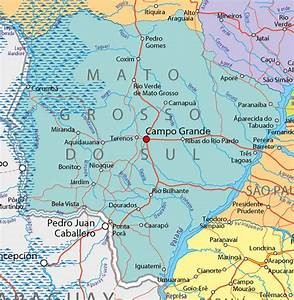19 Anaconda
Anaconda from the Municipio do Pedro Gomes. Mato Grosso, Brazil
As an agricultural extentionist in my Peace Corps assignment I spent much time visiting farmers around the municipio. This visit was one the more interesting.

Twenty foot long anaconda was killed in their pig pen in 1962. Photo by Rick Bein (Third from the left) 1965.
This anaconda (Eunectes murinus) (local name: Sucuri) skin is what remains of the great snake harvested by these Brazilian pioneer farmers who had settled in Mato Grosso (now Mato Grosso do Sul) in the early 1960s. They were originally descendants of Italians who had immigrated to Rio Grande do Sul in the 1830s. Now, they had migrated from the Brazilian State of Rio Grande do Sul, to create a new life for themselves in the vast “unclaimed” wilderness of the headwaters of the Taquari River, 40 kilometers upstream from the renowned Pantanal swamp. All eight of their children had been born in Rio Grande do Sul and now the grandchildren were native Mato Grossense.
They claimed a cleared spot on the south bank of the Taquari River and began opening up forest land to grow upland rice to provide sustenance for the family. Over time the land became infested with weeds. Then they introduced some exotic African grasses which took over to become excellent pastures for the zebu cattle. On the following map the farm is located just west of the town of Pedro Gomes in the top center.
 Pedro Gomes town sits in the north central part of the State of Mato Grosso do Sul. Free map from Maphill. 2011 Creative Commons Attribution Non-Derivative License (CC BY-ND).
Pedro Gomes town sits in the north central part of the State of Mato Grosso do Sul. Free map from Maphill. 2011 Creative Commons Attribution Non-Derivative License (CC BY-ND).
The family was terrified one morning when they came upon this 20 foot monster who swallowed one of their pigs! It was total chaos as they battled the green anaconda (Eunectes murinus). The snake was unable to escape the pig pen because it now had a pig inside and his bulging belly was too large to pass through the fence rails. Of course it could have passed over the top of the fence, but that had not occurred to the snake.
Fearfully the family ganged up on the anaconda with spears and clubs as he was now fighting for his life. It was too dangerous to get close. After an hour of shooting at it with pistols and rifles the snake was finally killed. The family was quite proud of themselves and were eager to tell their story.
The anaconda had been living next to the original clearing along the river by their home for many years before this fateful day. Children collected water and went unmolested. What they did not know, was that the anaconda was slowly harvesting the collard peccaries (Pecari tajacu) (wild pigs, locally called javelina) that were coming in large bands initially over one hundred) for their daily drink at the river. The original clearing along the river had been beaten open by the peccary’s daily pilgrimage to drink. Once a week the snake would reach out of the water, over the crowd of peccaries, hardly noticed, and pluck a peccary out of the bunch. Immediately, it submerged, constricting and drowning the javelina before swallowing it. Meanwhile, the one peccary was hardly missed and the horde returned like clockwork the next day. Thus the domestic pig was not a major change in the snake’s diet. The skin of a peccary is being held in the first picture by me and the oldest son dressed the red shirt.

Collared Peccary (Pecari tajacu) by Smithsonian’s National Zoo is licensed under CC BY-NC-ND 2.0 2008
The peccaries were considered pests by the farmers because they were destructive and dangerous as a large band of them could knock down a person and devour them in a few minutes. The peccaries disliked the structures that the humans had built on their trail and at night would break through the walls of the home and wreak havoc with everything on the floor. To remain safe, the family would sleep suspended above the floor in hammocks but would keep a shot gun handy to start shooting blindly onto the dirt floor when the pillaging pigs invaded. Little by little they eliminated the peccaries.
Meanwhile the anaconda began to go hungry. Its next choice of food was critical, Fifty meters down the river the farmers had built a domestic pig pen with a corner extending into the shallow water of the river. This avoided having to carry water to them. One evening the anaconda decided that a pig would be a nice alternative to a peccary; after all, they were in the same family even though a bit larger.
The farmers had the snake skin around for a while but they did not have a use for it and the father offered it to me for the small price of ten dollars. I bought the twenty footer and still have it to show off to different audiences including my university classes. After 50 years with the skin someone offered to cure the hide and now it is flexible enough to unroll in my classroom.

